The truth is, most people aren't very good at figuring this out. So they waste a lot of time repeating the same patterns over and over again and never quite manage. In the meantime, they develop strange habits, inefficient movement patterns or injuries. Sometimes all 3, not ideal. You wouldn't just pick up a Japanese book and incessantly try to read it hoping that one day you'll just be able to understand it. More than likely, you'd go learn a bit of the language first and then see how far you get. So some attributes responsible for movement tend to be more obvious than others. Things like strength in certain areas, or the mobility of particular joints. In some cases however, the attributes aren't so easy to figure out, let alone to deal with. Things like fear and proprioception can be more elusive and challenging to tackle. Perhaps you've had a previous experience that prohibits you from performing or moving in certain ways. Sometimes the actual movement pattern you're trying to achieve is just outright complicated, Macaco being a perfect example of that. All of these stack up. This is why finding a competent and experienced teachers is also very important. However, there is still a lot you can do by yourself. So let me break this down using our movement example to help you on your this journey. Here is the Atomized list of some the common physical attributes that are critical to the Macaco.
This list is not exhaustive, but these are among the main 4 suspects. So what do I do about all this? Well let's take one common example from that list that can hinder the ability to perform the Macaco: lack of strength and power in the glutes/legs. This attribute is a top priority for the Macaco so if we are lacking here, the next logical step in the process is to address that particular piece of the puzzle. I will recommend 3 glute strength exercises below that directly benefit the Macaco:
*There are many other options for lower body power, but these are a good start because they directly correlate to the Macaco.* If you look at the pattern for a Hip-Thrust for example, it's exactly the same as the start of a Macaco. Quite simply, if you can manage to lift a good load in that pattern powerfully, imagine what it would be like without the weight for you. These provide huge "bang for your buck" because they tackle two of the four "Electron" Attributes simultaneously - hip extension and glute/leg power. I'm including an article by the world renowned Strength & Conditioning coach Bret Contreras on the Hip Thrust below as well: bretcontreras.com/hip-thrust-and-glute-science In case you don't want to read through all of it, I've cherry picked a conclusive paragraph for our cause: "When measuring the hip extension torque angle curves of squats, deadlifts, and hip thrusts, you’ll notice two things. First, that those with experience in all three lifts can achieve much higher hip extension torque levels with hip thrusting." - Bret Contreras By now, you might be thinking: "Farid, this is a bit more than I bargained for, I just want to do a Macaco." Don't worry, I've written a great actionable program for you at the end of the post that you can immediately implement into your training. You also now have a good framework for tackling not just the Macaco, but any of your favourite movements systematically. It might take a bit of practice, but if you think about this system, you'll very soon start relating to your movement training more productively. Breaking things down using this process will avoid you banging your head against the wall for years because you still can't perform a particular movement. With all that said, here's the short program that you can start immediately incorporating into your training. It will compound and benefit your movement training in other areas also. Here we go. Quick actionable program: *Click on the names of the exercises to watch demonstrations* If you don't have any weights, swap exercise n.2 for the Single Leg Hip Thrusts. *Using weight for the lower body is generally more effective for developing strength/power however*
Stick to this simple program 3 times per week for 2 months minimum. In the meantime, if you don't have weights get yourself some. You will see the difference. What to expect: You should feel soreness in your glutes. If you are not, you could be doing the exercises incorrectly. A good tip to increase glute engagement is to distribute a bit more of your weight over to the heel of the foot as opposed to using the ball of the foot to push up. Another one is to consciously think about using and squeezing your glutes as you push up to make sure they are doing the work. You should also feel some soreness in the quads. If you stick to those simple prescriptions, you will feel a significant increase in your ability to generate power from your legs. Everything you do in terms of movement that is initiated by your legs will feel a lot lighter and more accessible to perform. Final notes: Just remember, you have to pay attention to all of the attributes of a movement pattern. Sometimes certain attributes can can overcompensate for others. For example, if you have an extremely bendy back, you might not need such strength and power from your legs to get your Macaco to go over, and vice versa. But generally speaking, you want to create a strong foundation in every area of your body, and not rely on over compensations. Compensatory patterns generally aren't a good way to go about your movement and can lead to bad habits or injuries overtime. There are some attributes and skills that won't benefit as much from Atomization. If you want to be good at balancing on a low rail for example, one of the best ways of getting better at it is to just go and balance on a low rail. But if you're really struggling with something, always ask yourself: Can I Atomize this somehow? If you read through all this and thought: "Farid, that was all common sense to me man." Well, I used to think it was common sense too. But it turns out that not as many people as you think are applying this concept to their movement training. If you have any questions, contact me. And if you're interested in 1:1 Movement Training or Online Coaching, you can contact me at: www.faridherrera.com/onlinetraining Join my Community List because you'll receive a Free Handstand E-Book and stay up to date with great movement material - www.faridherrera.com/join
Writing by @farid_herrera - 2018 |
Farid HerreraMovement Teacher and practitioner. Archives
April 2019
Categories |
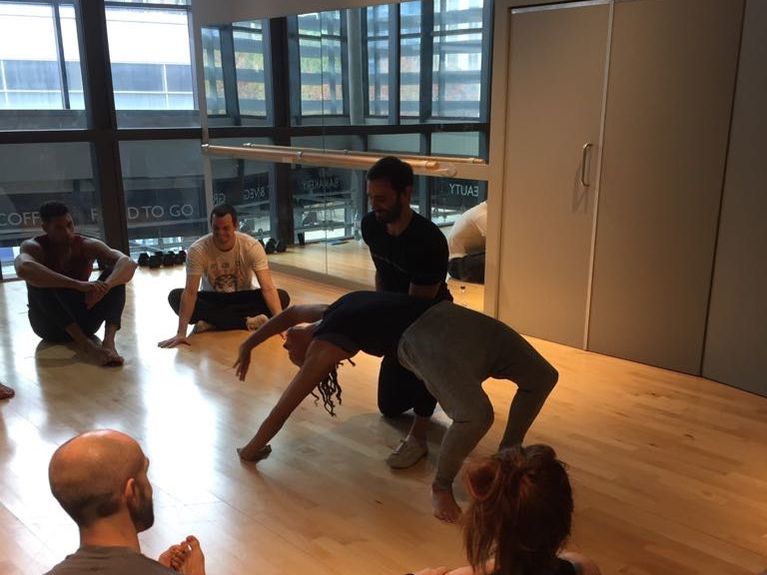
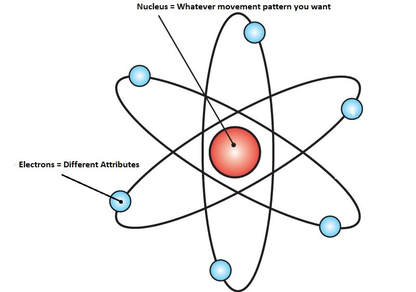
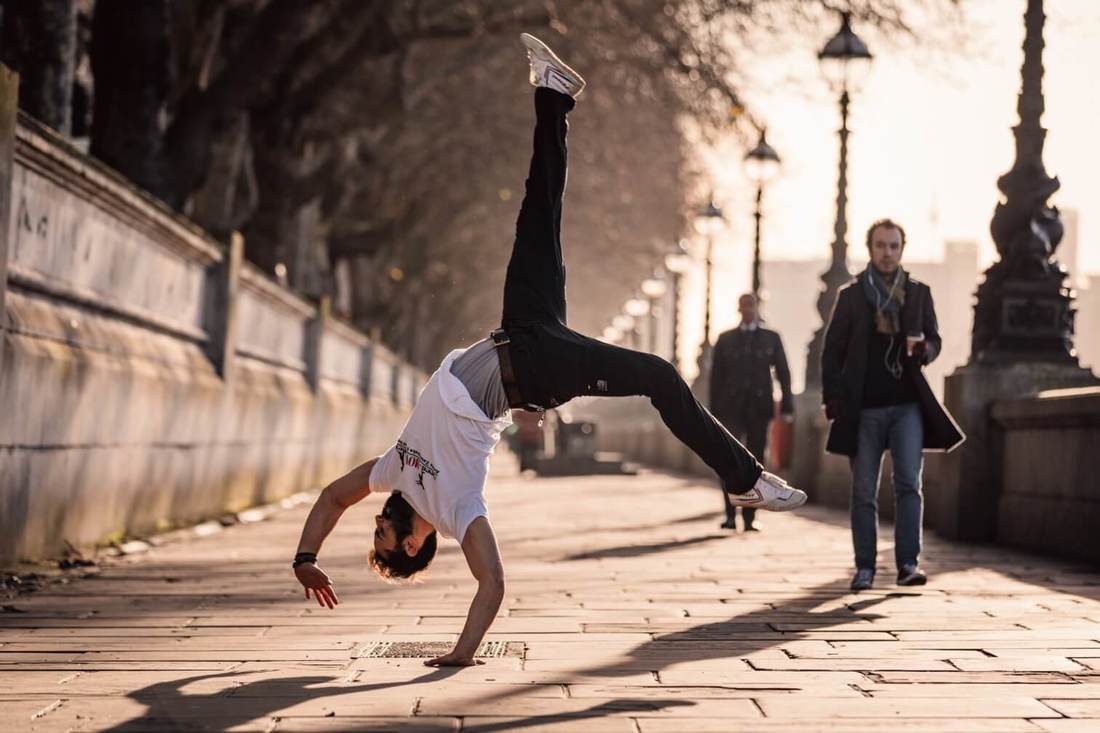
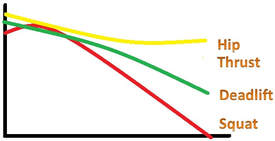
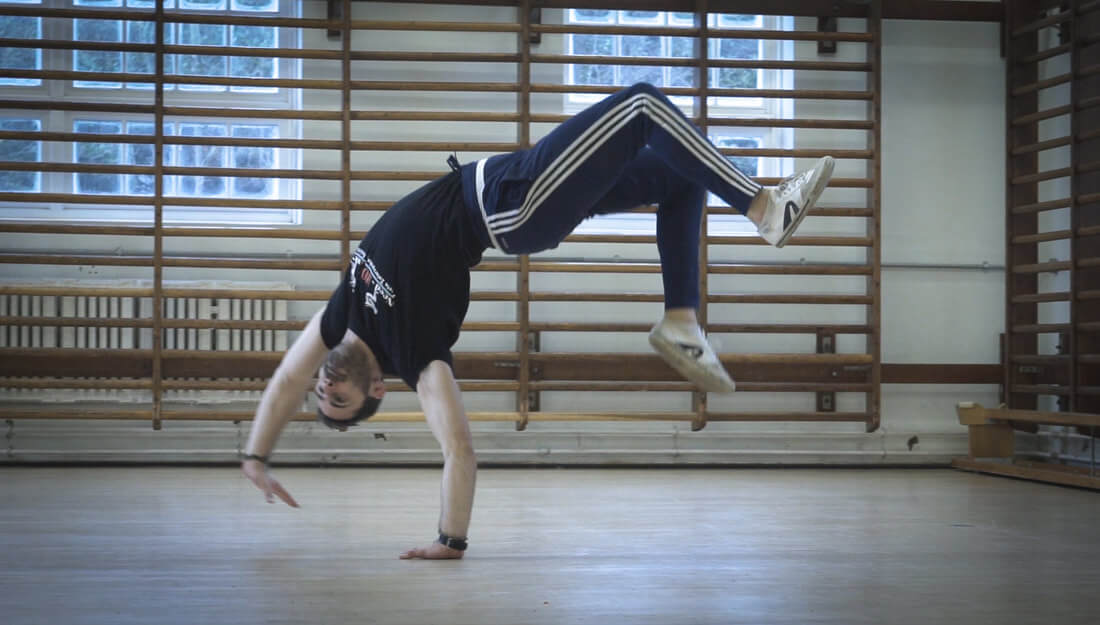
 RSS Feed
RSS Feed